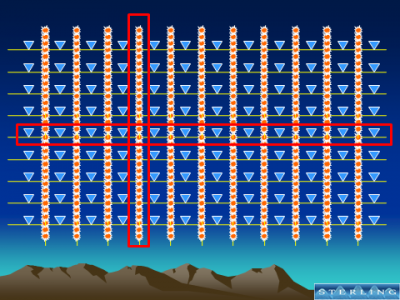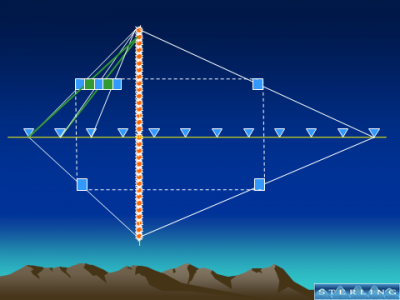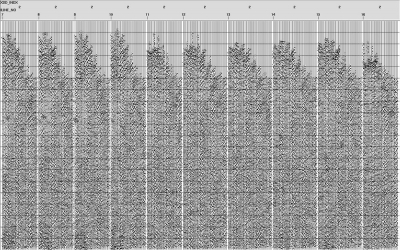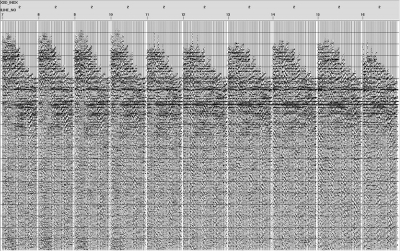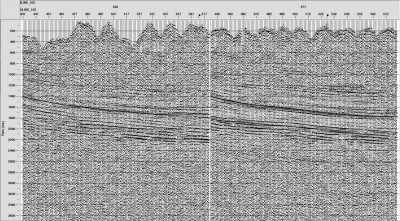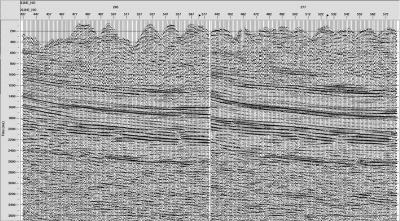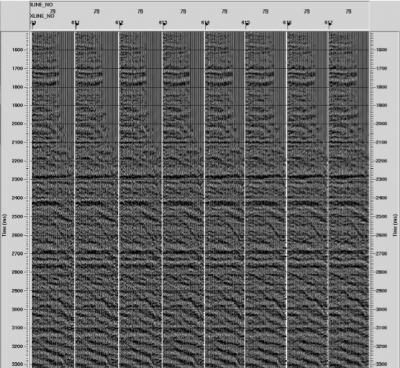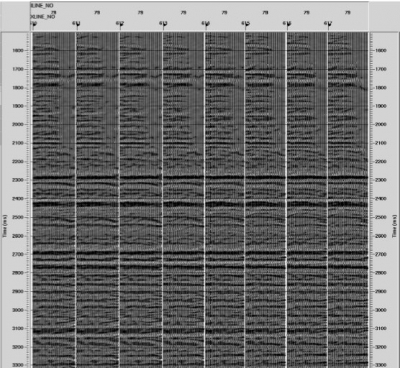Sterling has the ability to examine the characteristics of noise in a number of domains including: 3D Shot, 3D Receiver, Shot/Receiver Lines, CDP, Common Offset, 3D Cross Spread, Common Offset/Vector (OVT), and random.
Sterling Noise Philosophy
Depending on the noise characteristics and/or source of the noise, one domain may be more effective for suppressing the noise and preserving signal. Our preference is to utilize a cascaded approach (multi-domain) to surgically suppress noise without altering signal, including anisotropy (preserved for fracture detection). Harsh multi-channel filtering has a tendency to dampen anisotropy which is valuable information for stress-fracture characterization. Anisotropy effects are more properly addressed later in the processing workflow through azimuth preserving techniques.
Once the noise is effectively modeled in the proper domain, it is adaptively subtracted to avoid any suppression of signal and/or HTI anisotropy. The optimum goal of our “cascaded noise attenuation” is to produce an input data set to migration (anisotropic migration) that does not have aliased high-amplitude noise.
Frequency Dependent Noise Suppression (FDNS) – Adaptive-subtracted technique
FDNS identifies anomalous amplitudes in narrow and/or specific (low – high) frequency bands. It is a data adaptive tool that can be performed over specific window lengths and therefore has no adverse effect on the data. Many noise techniques (multi-channel) can have an adverse effect on HTI anisotropy. Due to the adaptive nature of FDNS the approach is “anisotropy friendly”. This noise tool is very effective in removing swell noise, seismic interference, noise bursts, spikes, ground roll and other types of random or coherent noise. Optionally, it can also be used to restore weak amplitudes that occur across certain channels.
Cross Spread Noise Suppression (CSNS)
Sorting receiver-line traces from a line of shots into a 3D x-spread creates hybrid gathers.
Sparse sampling in 3D shot coverage becomes dense & regular in hybrid gathers.
Aliased noise in a standard x-line gather or shot record becomes un-aliased in a hybrid gather.
Noise can be removed more effectively by 3D filtering techniques in this domain leading to improved velocities, statics and final imaging.
High-Resolution Parabolic Radon Demultiple
Our method is a non-iterative solution used to overcome the inherent deficiencies associated with conventional Least Squares approach. After an initial solution with Least Squares, weights are recomputed and finally solved with conjugate gradient and FFT. High-resolution parabolic transforms minimize reconstruction error while reducing the horizontal (spatial) distortion.


